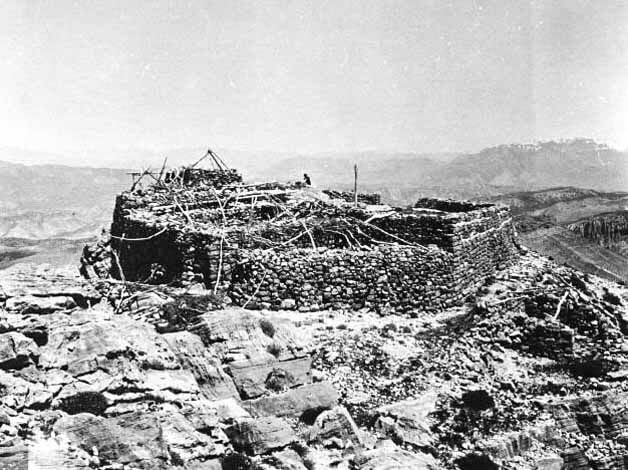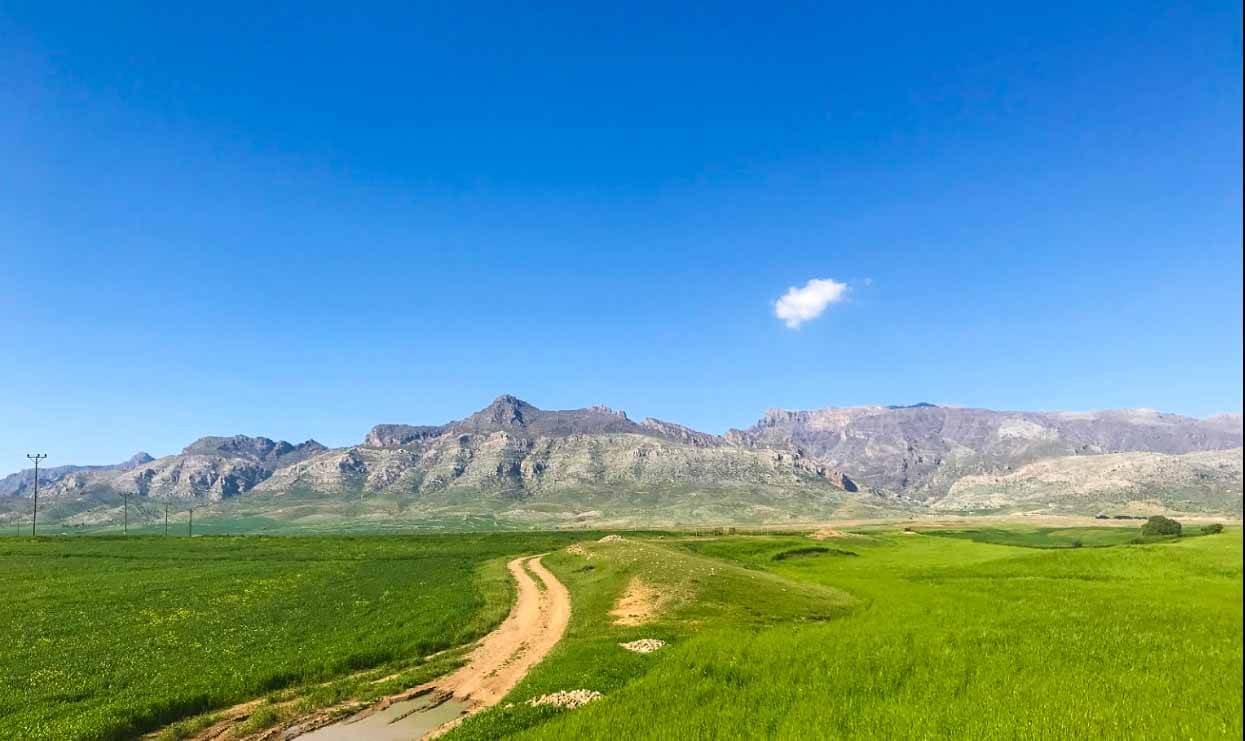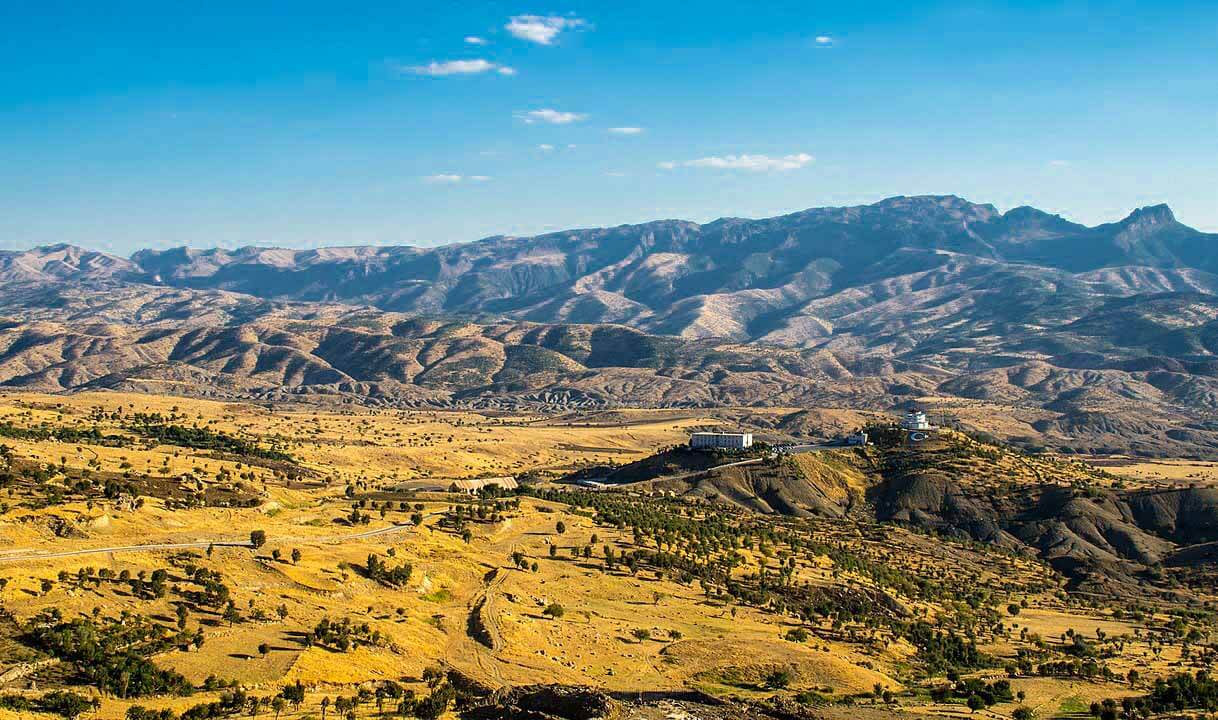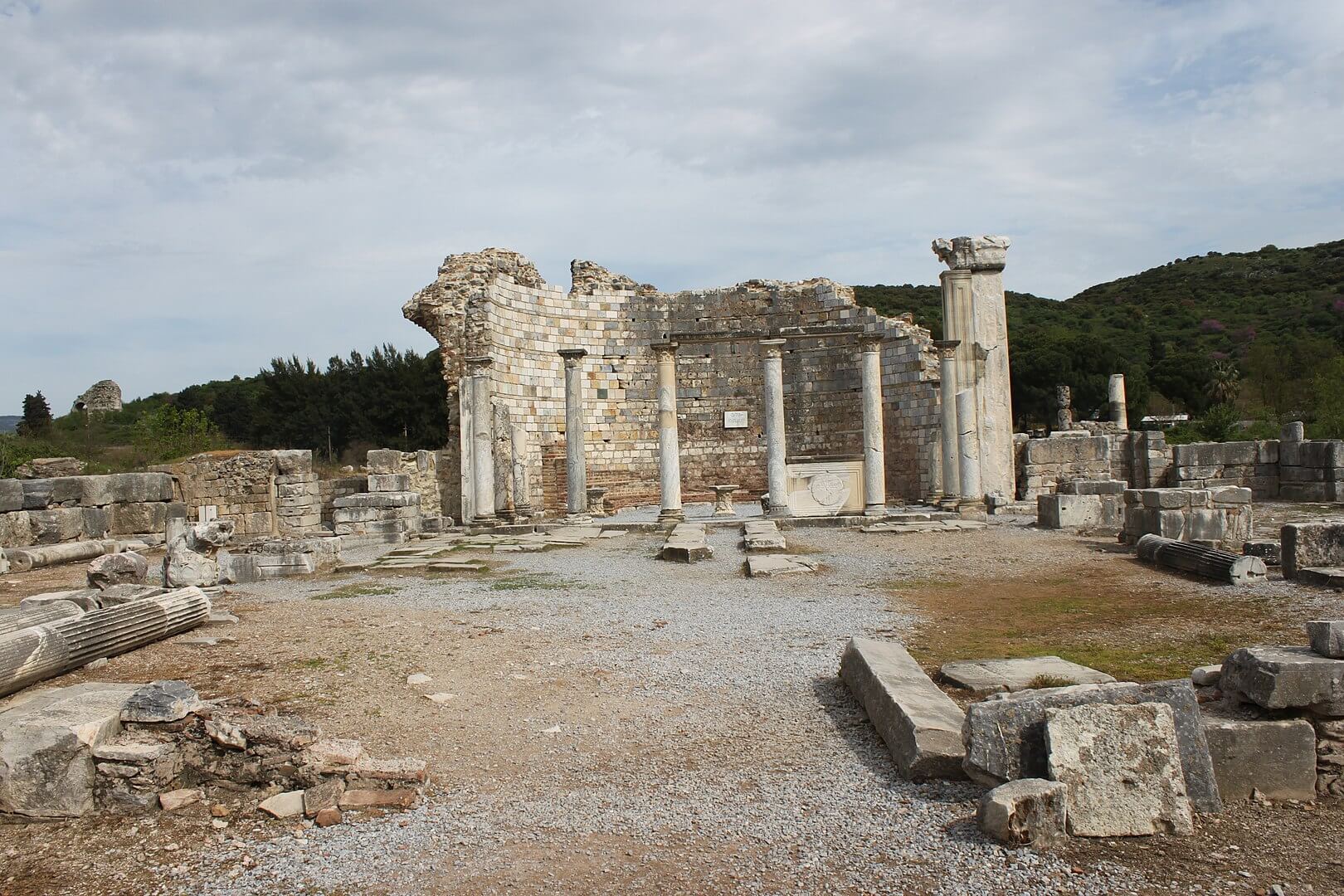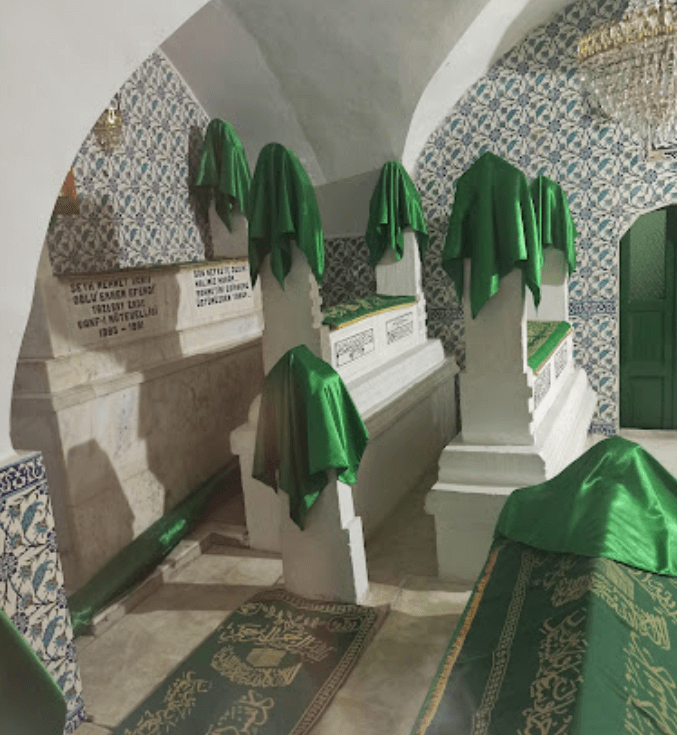Şırnak, Turkey
Coordinates: 37.426340, 42.342680
Mount Judi is considered to the Hz. Nuh’s عليه اسلام Place of Descent, the location where the Ark came to rest after the Great Flood, according to very Islamic tradition (based on the Qur’an, 11:44).
The Quranic tradition is similar to the Judeo-Christian legend.
The identification of Mount Judi as the landing site of the ark persisted in Syriac and Armenian tradition throughout Late Antiquity but was abandoned for the tradition equating the biblical location with the highest mountain of the region, Mount Ararat.
Islamic traditions, Jewish Babylonian and Syriac identify Mount Judi also knows as Qardu as a peak near the town of Jazirat ibn Umar (modern Cizre), at the headwaters of the Tigris, near the modern Syrian–Turkish border.
Quranic traditions narrated by Ibn kathir
“O Earth! Swallow up your water, and O sky! Withhold (your rain).” The water was diminished (made to subside) and the Decree (of Allah) was fulfilled (the destruction of the people of Noah).
And it (the ship) rested on Mount Judi, and it was said: “Away with the people who are Zalimeen (polytheists, and wrongdoing)!” And it was said: “O Noah! Come down (from the ship) with peace from Us and blessings on you and on the people who are with you (and on some of their offspring), but (there will be other) people to whom We shall grant their pleasures (for a time), but in the end a painful torment will reach them from Us.”
(Ch 11:41-48 Quran)
With the issue of the divine command, calm returned to earth, the water retreated, and the dry land shone once again in the rays of the sun. The flood had cleansed the earth of the disbeliveers and polytheists.
Islamic historians views
The 9th century Arab geographer Ibn Khordadbeh identified the location of mount Judi as being in the land of Assyria (Al-Akrad), and the Abbasid historian Al-Mas’udi (c. 896-956) recorded that the spot where it came to rest could be seen in his time.
Al-Mas’udi also said that the Ark began its voyage at Kufa in central Iraq, and sailed to Mecca, where it circled the Kaaba, before finally travelling to Judi.
Yaqut al-Hamawi, a medieval geographer, placed the mountain “above Jazirat ibn Umar, to the east of the Tigris,” and mentioned a mosque built by Noah that could be seen in his day, and the traveller Ibn Battuta passed by the mountain in the 14th century.
The description of Yaqut al-Hamawi matches a 2,089 m (6,854 ft) peak north of Silopi, that is now called Jabal Judi or Judi Dagh by Muslims and Qardu by Christians and Jews.
Comparison with mount Ararat
There are also various comments about which mountain is the real mount of descent of Hz. Nuh عليه اسلام. Another one of the emphasized mountains is Mount Ararat in the Eastern Anatolia
One of the evident evidence on this matter is the very steep and unsuitable structure of Mount Ararat. On the other hand, Cûdî Mountain has great advantages for the ship to descend and accommodate people.


